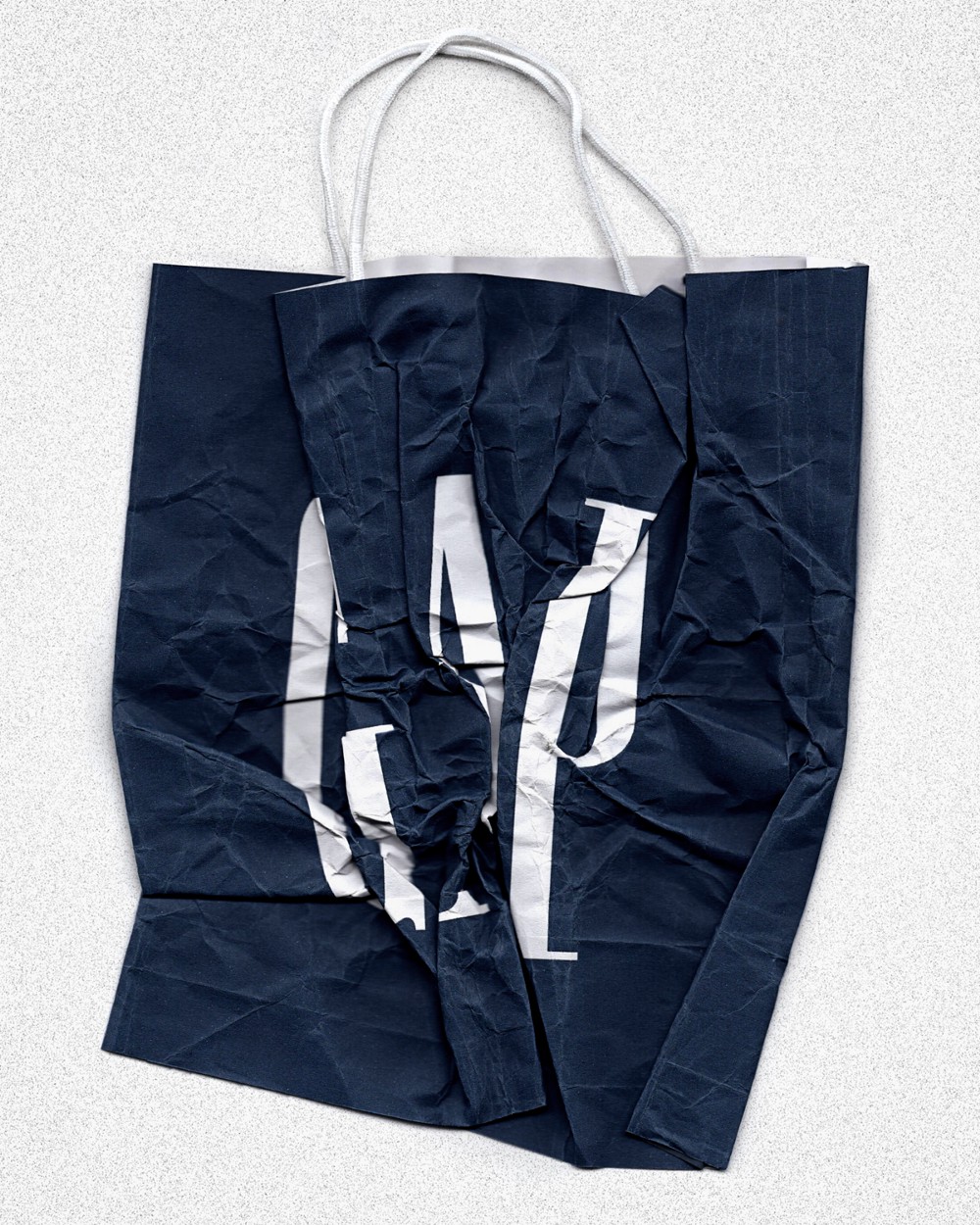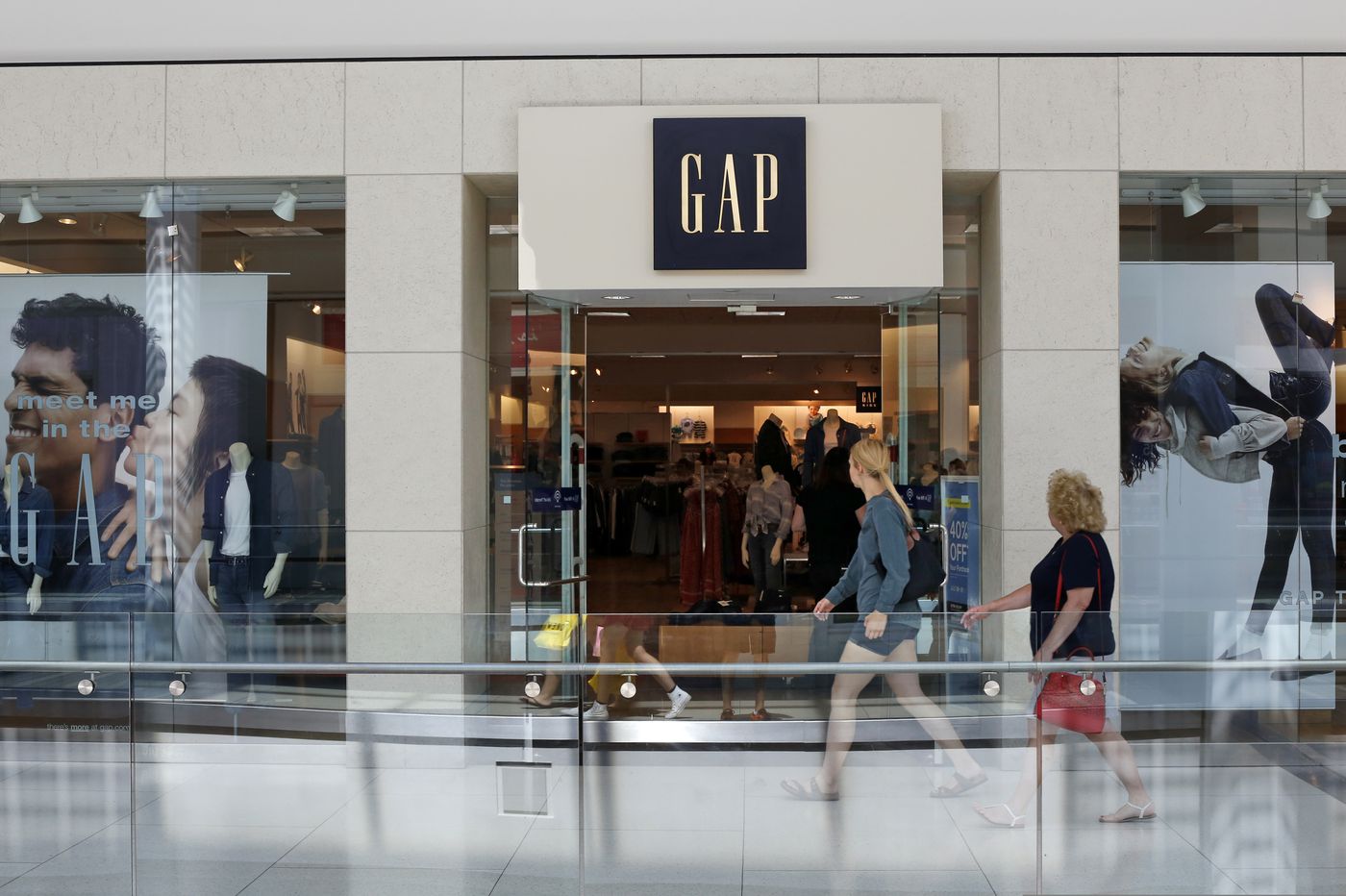The consumption of brick-and-mortar stores continued to decline, and the epidemic further exacerbated the dilemma. The Gap brand seems destined to become history.
Shenzhen Translation Bureau is its compilation team, focusing on technology, business, workplace, life and other fields, focusing on introducing foreign new technologies, new ideas, and new trends.
Editor’s note: In the United States, Gap is almost a must-have brand for ordinary people. The Gap brand has been on the decline since it passed its peak period around 2000. Last year, there were more than 9,000 traditional retail stores closed in the United States. Affected by the new coronavirus epidemic, traditional retail brands such as Gap are even worse. This article, the original title is This Is How The Gap Dies, the author Rob Walker introduced in the article how the Gap brand is going to fail. This is the next article in this series, mainly about the decline of the retail market, the recovery of weakness and the way out of the Gap brands.
Image source: Guillem Casasus
Decline of shopping malls
The closure of stores since late March has caused significant damage to the mainstream retail industry. On April 13, True Religion, a once-popular denim denim brand, applied for bankruptcy protection. On April 22, private equity firm Sycamore Partners said it wanted to withdraw from the deal to acquire L Brands’ troubled Victoria’s Secret chain. On April 20, there were reports that Neiman Marcus, a US department store, was in bankruptcy negotiations. In addition, on April 24, it was also reported that J.C. Penney, a large shopping center, was also negotiating bankruptcy.
In fact, there may be more companies applying for bankruptcy. After all, retailers who may declare bankruptcy may try to postpone doing this until after the peak periodWhen some stores reopen.
A company that is going through bankruptcy is better off holding cash flow in the process, let alone a Marketplace trading platform with less market volatility. Department stores seem particularly vulnerable, as do professional retailers. According to reports, the well-known apparel brand J. Crew is operating under the shadow of a $1.7 billion debt brought about by a leveraged acquisition, and will repay $4 million in debt due at the end of April.
Analyzing company RapidRatings rates the financial status of about 40,000 companies, scoring on a scale of 1 to 100. According to a report by the Wall Street Journal in early April, if the Gap brand’s revenue fell by another 15%, its score would drop from 72 to 45. 40 points and below, which means that the next 12 There is a greater risk of default during the month. For the Gap brand, 40 points has gradually changed from an unlikely event to an almost inevitable fact.
At the same time, more and more companies have directly chosen not to pay shop rent. According to reports, these companies include fitness chain brand Equinox, stationery giant Staples (Staples), restaurant chain Zhilefang restaurant (Cheesecake Factory), ball sports apparel retailer Dick’s Sporting Goods, women’s clothing brand Victoria’s Secret, and To the Gap brand. It is estimated that those malls that rely heavily on “non-essential” tenants have only recovered 10% to 25% of their rents in April.
“This is a more complicated situation.” Cohen of Columbia University Business School said that this is an accelerated version of the development trend over the years. With the disappearance of tenants in shopping malls, “the reason for using shopping malls as destinations will be less and less, and this will seriously weaken existing industry participants.” Cohen said.
The problems facing business establishments are commonplace. In recent decades, this problem has become increasingly prominent. Large and small shopping malls are already over-constructed and need to be shuffled. Top shopping malls that can provide fancy facilities and have a more friendly shopping experience are regarded as a better direction of development. Old shopping malls have been struggling for many years, and the shopping options offered are also very old. Especially now, this shopping mall has obviously no direction of development.
In addition, Cohen also mentioned that Internet retailing is slowly weakening the status of physical shopping malls, just as shopping malls weakened and eroded the retail industry in the city center in the middle of the last century. According to eMarketer chief analyst Lipps Man said that at present, about 12% of retail transactions are completed through the Internet, and the proportion of clothing transactions is close to 25%.
Affected by the new coronavirus epidemic, this trend will only become more apparent. Cohen added that the top-tier malls may still be able to survive, but the second-tier malls may be quite fragile, and the impact of the epidemic may eventually only be squandered. Although the Gap brand has entered many malls, most of them are old and unattractive malls.
“The Gap brand and other brands in the mall are closely linked to the huge, long-term weakness shown by hundreds of U.S. commercial establishments.” Lipsman said, “So, You have to question whether the failure of the Gap brand heralds the decline of the mall? Or, is the decline of the mall caused by the failure of brands such as Gap? This is actually a chicken or egg problem , In short it’s hard to say.”
Image source: GENE J. PUSKAR / AP
Not grandly reopening
Reopening the retail industry, this action has begun to appear in some parts of the United States, may be a gradual, experimental, and uncertain process. According to a McKinsey & Company survey of US consumers in the second week of April, 67% of respondents expect their consumption of clothing to be less than in the past.
This brings another problem that cannot be ignored for Gap brands and other apparel retailers: inventory. Although reports say that online retail sales have risen by 30%, even brands with high demand still have a serious problem of excess inventory. As a result, many brands have cut their purchase orders in summer and autumn. This is not just a problem related to inventory storage space, it is also the lack of cash

